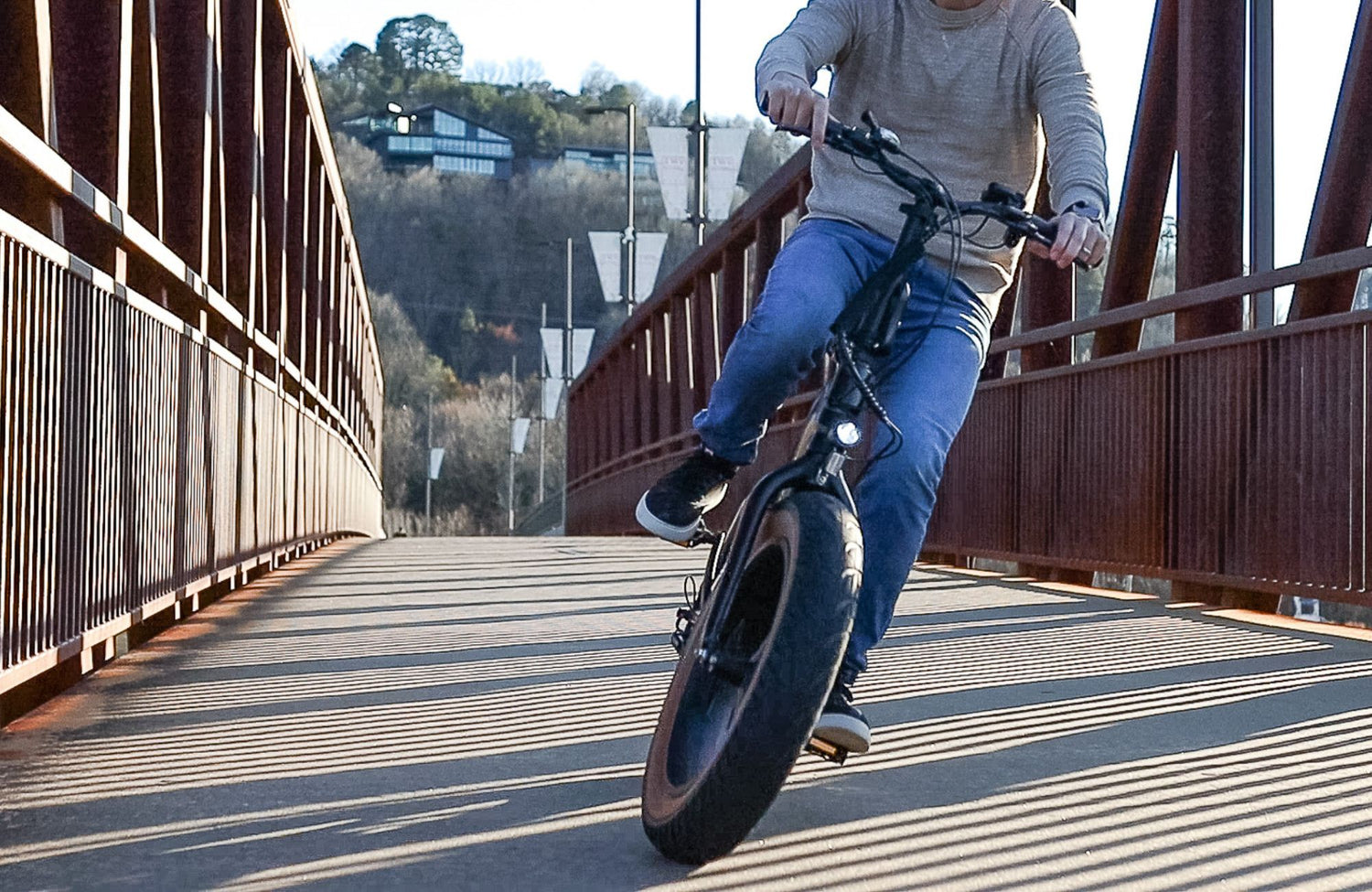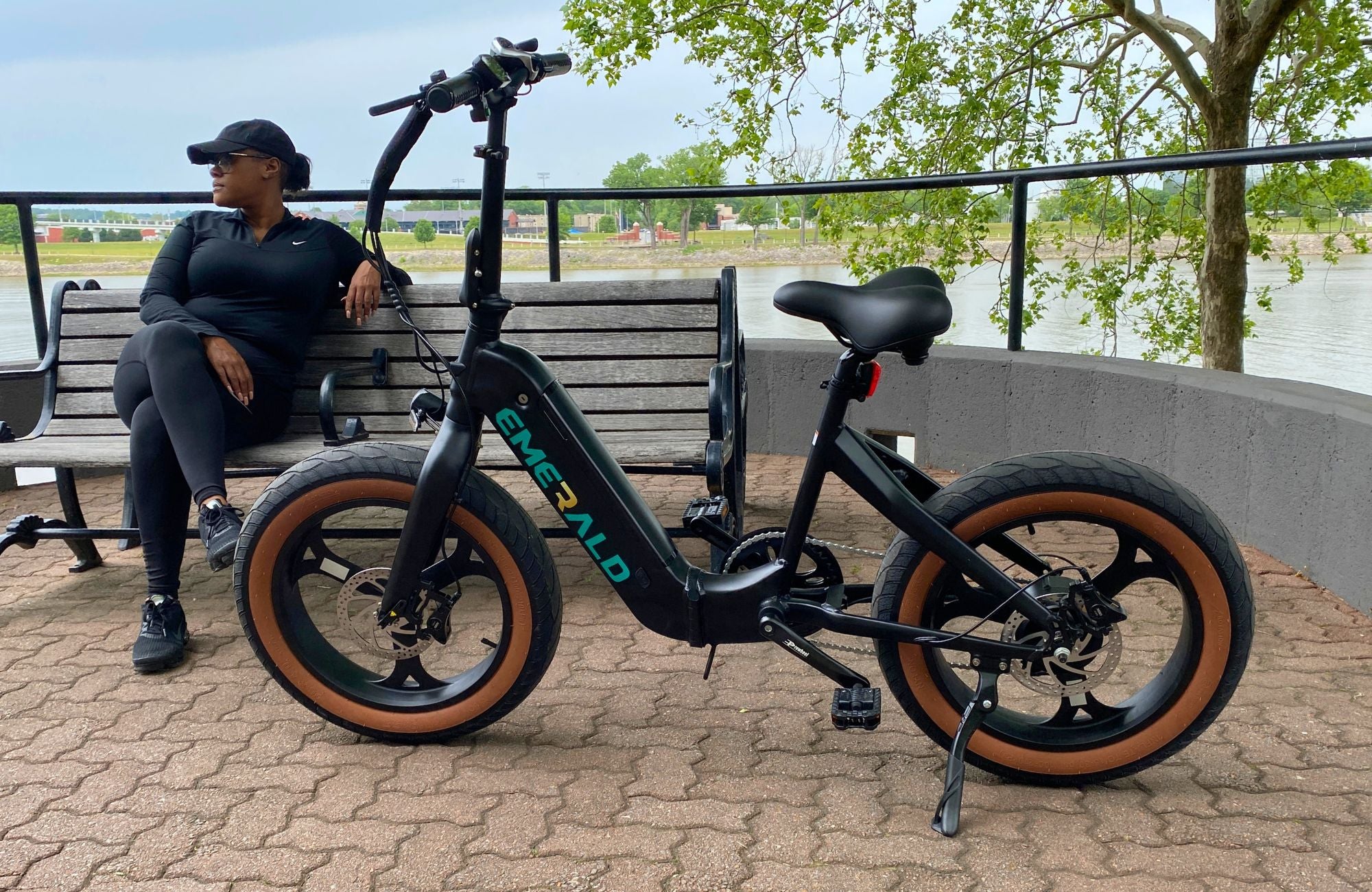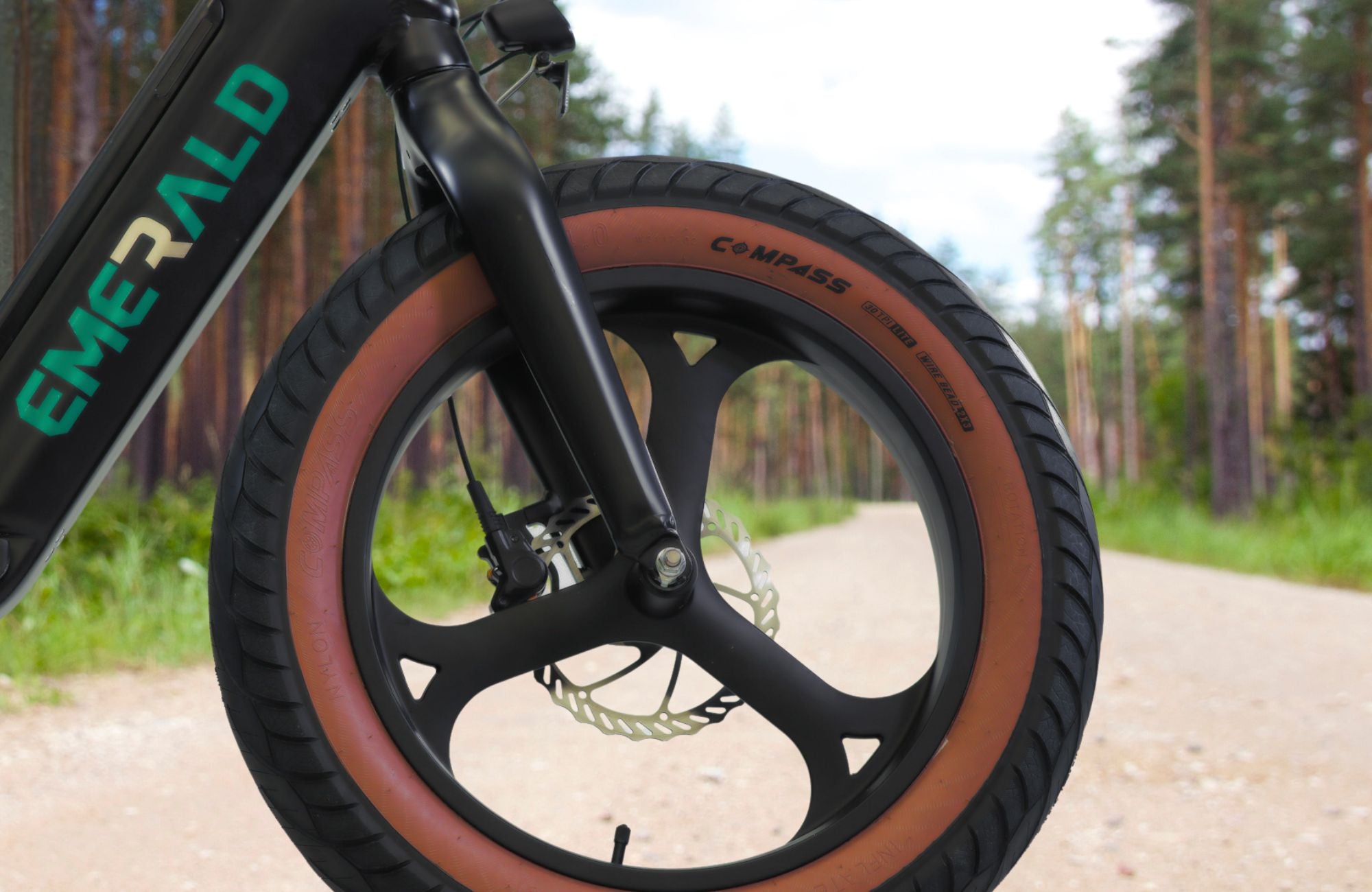Electric bicycles, commonly known as ebikes, have changed the scope of transportation in recent years. These innovative two-wheelers offer an eco-friendly and efficient mode of transportation. However, not all ebikes are created equal. In this comprehensive guide, we will explore the three classes of ebikes, their features, benefits, limitations, and factors to consider when choosing the right ebike for your needs.

Class 1 Ebikes
Features
Class 1 ebikes are pedal-assist bicycles that provide electric assistance while the rider is pedaling. They come with a motor that helps riders maintain a steady speed without much effort. Class 1 ebikes usually have a maximum assisted speed of 20 mph (32 km/h).
Benefits
Class 1 ebikes are ideal for individuals who want a boost while cycling. They are a great option for commuting, leisurely rides, and moderate exercise. The pedal-assist feature allows riders to cover longer distances and tackle inclines more easily. They also promote physical activity and reduce the overall strain on the rider.
Limitations
One limitation of Class 1 ebikes is that they may not provide enough power for riders who require higher speeds or need assistance on steeper terrain. Additionally, some riders may find the limited maximum assisted speed to be a drawback.
Class 2 Ebikes
Features
Class 2 ebikes, also known as throttle-assist ebikes, offer electric assistance without the need for pedaling. They come with a throttle that allows riders to control the electric motor manually. Class 2 ebikes have a maximum assisted speed of 20 mph (32 km/h), similar to Class 1 ebikes.
Benefits
Class 2 ebikes provide a convenient option for riders who may not want to pedal continuously or need a break from pedaling. They offer effortless acceleration and allow riders to maintain a consistent speed without physical exertion. Class 2 ebikes are great for individuals with limited mobility or those who prefer a more relaxed riding experience.
Limitations
One limitation of Class 2 ebikes is that they may not offer the same level of exercise as Class 1 ebikes since pedaling is not required. Additionally, some jurisdictions have restrictions on throttle-assist ebikes, so it's essential to check local regulations before purchasing.
Class 3 Ebikes
Features
Class 3 ebikes, also known as speed pedelecs, provide electric assistance while pedaling, similar to Class 1 ebikes. However, they have a higher maximum assisted speed of 28 mph (45 km/h). Class 3 ebikes often feature additional safety components such as headlights, taillights, and speedometers.
Benefits
Class 3 ebikes offer a faster and more exhilarating riding experience for those who enjoy higher speeds. They are suitable for commuters who want to reach their destinations quickly or riders who prefer a sportier feel. Class 3 ebikes can cover longer distances in less time, making them an efficient option for time-sensitive journeys.
Limitations
One limitation of Class 3 ebikes is that they may not be legal in all jurisdictions or on certain bike paths due to the higher assisted speed. Additionally, the increased speed may require riders to be more cautious and aware of their surroundings.

Factors to Consider
Legal Regulations
Before purchasing an ebike, it's crucial to familiarize yourself with the legal regulations in your area. Different regions have varying laws regarding ebikes, including maximum speed limits, age restrictions, and where they can be ridden. Understanding these regulations will help ensure a safe and compliant riding experience.
New York City, in particular, has different regulations than most jurisdictions. According to their rules, ebikes like the Emerald ebike can be adjusted to meet the criteria for all three classifications. The Emerald ebike is suitable for various riding scenarios and can be adjusted to comply with the specific requirements of each class. So if you’re in NYC, be sure to check out the Emerald ebike and research what adjustments need to be made in order to meet the required classification.
Riding Preferences
Consider your riding preferences and intended use of the ebike. Do you primarily need it for commuting, recreational rides, or off-road adventures? Assessing your riding habits will help determine which class of ebike is most suitable for your needs.
Terrain
The terrain you plan to ride on is another essential factor to consider. If you frequently encounter steep hills or rough terrain, a class with more power, such as Class 3, may be preferable. For flat urban environments, Class 1 or Class 2 ebikes might be sufficient.
Choosing The Right Ebike
When selecting an ebike, it's important to test ride different models to assess their comfort, handling, and performance. Consider factors such as battery range, charging time, frame size, and additional features like suspension or integrated lights. Finding the right ebike will ensure an enjoyable and tailored riding experience.
FAQs
- Are ebikes legal on bike paths?
The legality of ebikes on bike paths depends on local regulations. In some areas, ebikes are allowed on bike paths, while in others, certain classes or speeds may be restricted. It's essential to check your local laws and guidelines before riding your ebike on bike paths.
- Can I ride an ebike without pedaling?
Class 2 ebikes offer throttle assist, allowing you to ride without pedaling. However, specific jurisdictions may have restrictions on throttle-assist ebikes, so it's important to check local regulations before riding.
- How fast can Class 3 ebikes go?
Class 3 ebikes have a maximum assisted speed of 28 mph (45 km/h). However, the actual speed may vary depending on factors such as terrain, rider weight, and the power assist level.
- Do ebikes require a license?
In most jurisdictions, ebikes do not require a license to operate. However, it's important to familiarize yourself with local laws as there may be age restrictions or other requirements for riding certain classes of ebikes.
- How far can I ride on a single ebike charge?
The range of an ebike depends on various factors, including battery capacity, rider weight, terrain, and power assist level. Class 1 and Class 2 ebikes generally have a higher range compared to Class 3 ebikes. It's best to refer to the manufacturer's specifications for a more accurate estimate.







Leave a comment
This site is protected by hCaptcha and the hCaptcha Privacy Policy and Terms of Service apply.